What researches are we studing ? (for students)
Research Outline
Condensed matter systems, such as metal and semiconductors, consist of a huge number of electrons and atoms of the order of
1023.
Different physics laws governs the macroscopic phenomena from those in elementary particle physics and nuclear physics.
Purpose of the condensed matter physics is to reveal the new phenomena, characteristic properties and their microscopic origins in condensed matters.
Such systems consist of a huge number of electrons and atoms are termed ``quantum many body systems".
In particular, solid state systems. in which the Coulombic interactions between electrons are strong, are identified as correlated electron systems.
Many theoretical and experimental examinations have been done in this research field.
It is known that the one-body picture is broken down, and new view points beyond the band theory are required.
In our group, we study theoretically the electronic states in quantum many body systems, and their novel electromagnetic and optical responses, interplay with lattice degrees of freedom and so on.

| "Many body ststem" Break down of mean field picture |
Conventional metal and semiconductor One body picture |
Research Themes
(1) Quantum multi phenomena in correlated electron systems
Characteristics in correlated electron systems are i) a competition between the electron localization (particle picture) and the electron itineracy (wave picture), and ii) the multi-degrees of freedom, such as charge, spin, orbital and so on.
The ``orbital" degree of freedom implies a shape of the electronic cloud and wave function.
For example, the three orbitals exist in L=1 (p orbital), and the five orbitals do in L=2 (d orbital).
In a crystalline lattice, the rotational invariant is broken, and a part of the orbital degeneracy is lift, but
some degeneracy remains in the high symmetric crystal.
In an ion in which outermost orbitals are degenerate,
electrons have an degree of freedom, implying which orbitals are occupied.
This is termed the orbital degree of freedom.
Novel characteristic phenomena emerge by combination between the strong electron correlation and the muti-degree of freedom, unexpected from the conventional weak correlated electron systems.
Examples are the superconductivity caused by charge and/or orbital fluctuations,
the cross correlation between electric and magnetic phenomena termed electromagnetic effect,
the colossal magnetoresistance phenomena,
the ferroelectricity caused by electron correlation and so on.
These are realized in transition metal oxides and molecular organic solids.
In this theme, we examine novel phenomena and their microscopic origins.
Recent research themes
・Electronic ferroelectricity due to electronic orders
・Novel superconductivity due to charge/orbital fluctuations
・A composite excitation between orbital excitation (Orbiton) and phonon
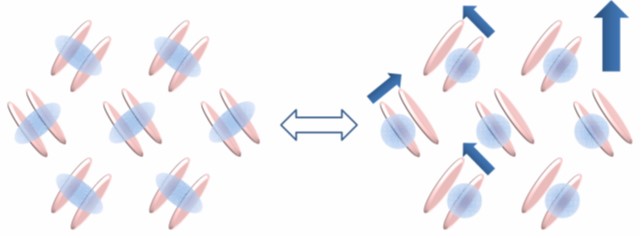
Electric polarization and electron order in a molecular organic solid.
(2) Nonequlibrium dynamics in correlated electron systems
The localize and itinerant characters in correlated electrons are detected by using the particle and wave natures of light and x-ray.
In addition, the multi-degrees of freedom of electrons are accessed by using the polarization, resonance, diffraction effects of light and x-ray.
Light dose not only probe electronic and structural states but also changes drastically electron and lattice structures.
A strong excited state and/or a non-equilibrium state far from thermal equilibrium state are realized by irradiation of strong and ultrafast optical pulse.
Several novel phenomena and states are expected to be realized in such strong non-equilibrium states in strongly correlated electron and electron-lattice systems.
Photoinduced superconductivity, photoinduced metal-insulator transition, and the optical control of magnetism are some of the examples, which are expected to be applied to future technologies and devices.
In our group, we study such photon related non-equilibrium phenomena in correlated electron system by using numerical and analytical calculations.
Recent research themes
・Photoinduced transition from antiferromagnetic insulator to ferromagnetic metal
・Photoinduced low-spin/high-spin transition
・Dynamical carrier doping in antiferromagnetic Mott insulator
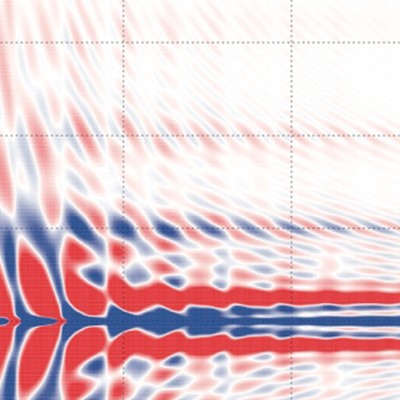
A numerical simulation of the optical conductivity in photoexcited Mott insulator.
(3) Competition and cooperation between electron-electron interaction and electron-lattice interaction
The electron-lattice interaction is an important interaction in a solid as well as the electron-electron interaction.
This interaction cause an electron localization (polaron), an attractive interaction for the superconductivity and other roles in solids.
It is not clear whether the two many body interactions compete or cooperate with each other.
In our group, combined effects between the electron-lattice interaction and the electron-electron interaction are examined.
Recent research themes
・Quantum spin liquid caused by dynamical Jahn-Teller effect
・Electron lattice interaction and electron correlation in high Tc superconductivity
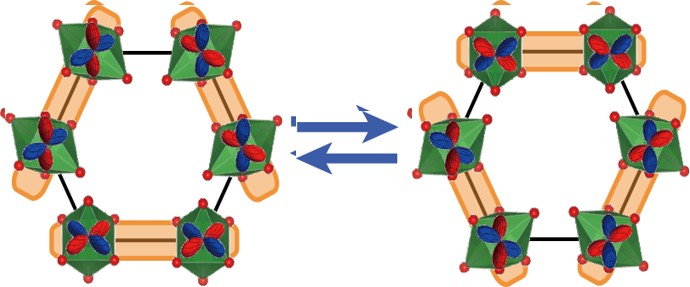
Spin/orbital entanglement due to dynamical Jahn-Teller effect
Methods
We use both the numerical and analytical theoretical methods to reveal the quantum many body systems.
Analytical methods:
Perturbation, Cluster perturbation, Green function method, Path integral method, Composite operator method,
(time-dependent) Hartree-Fock method, Non-equilibrium Green function method
Numerical methods:
Classical/quantum Monte-Carlo method, Numerical exact diagonalization method, DMRG method, Variational Monte-Carlo method, iTEBD method
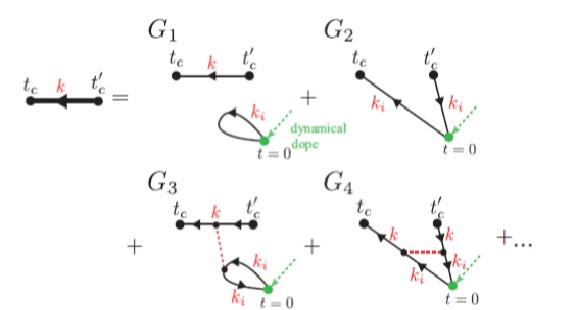
Feynman diagrams in Keldysh Green function for the dynamical carrier doping in a Mott insulator.
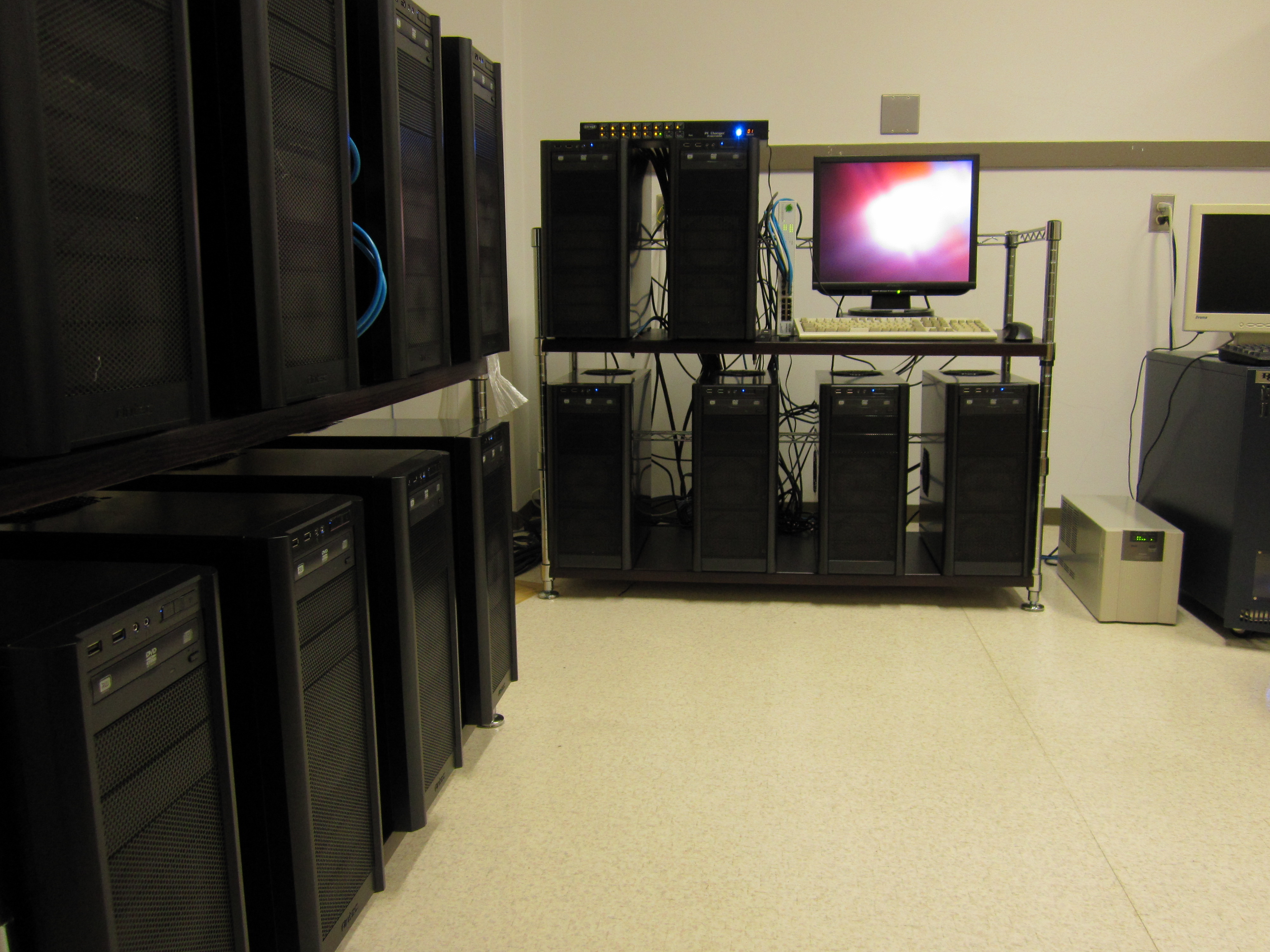 |
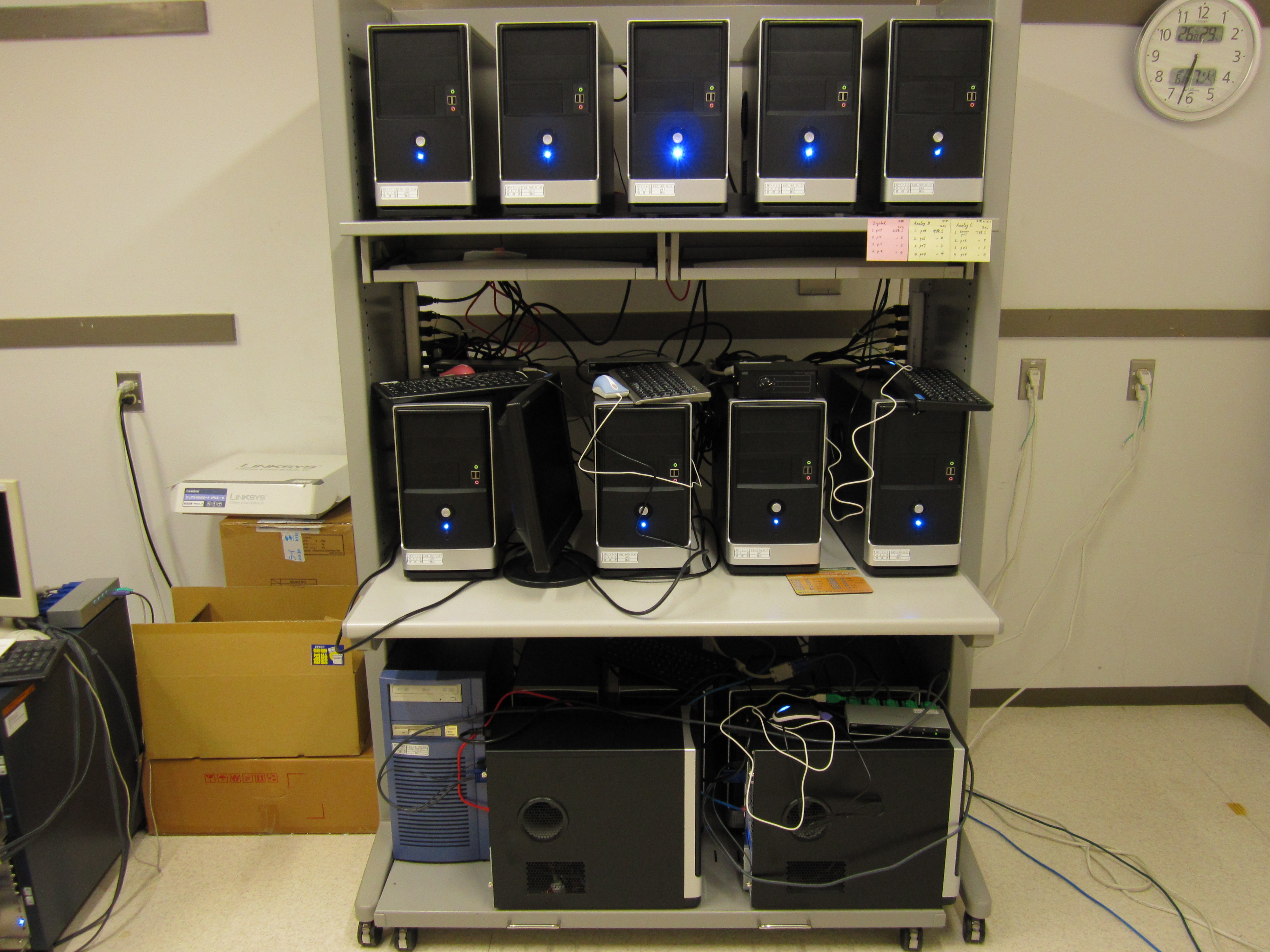 |
A cluster workstation for large-size numerical calculations
Summary
(1) Keyword
Electron correlation, Superconductivity, Magnetism, Ferroelectricity,
Optical property, Non-equilibrium state, Orbital degree of freedom, Electron-lattice interaction.
(2) Method
The analytical and numerical methods are complementary utilized to reveal a whole picture of the many body systems.
(3) Experiment
Theoretical researches based on realistic materials and experiments are addressed.
This does not imply just a analyses of the experimental data, but reveal new physics and offer new theories
motivated from experimental results.
We are collaborating with a number of the experimental groups.

